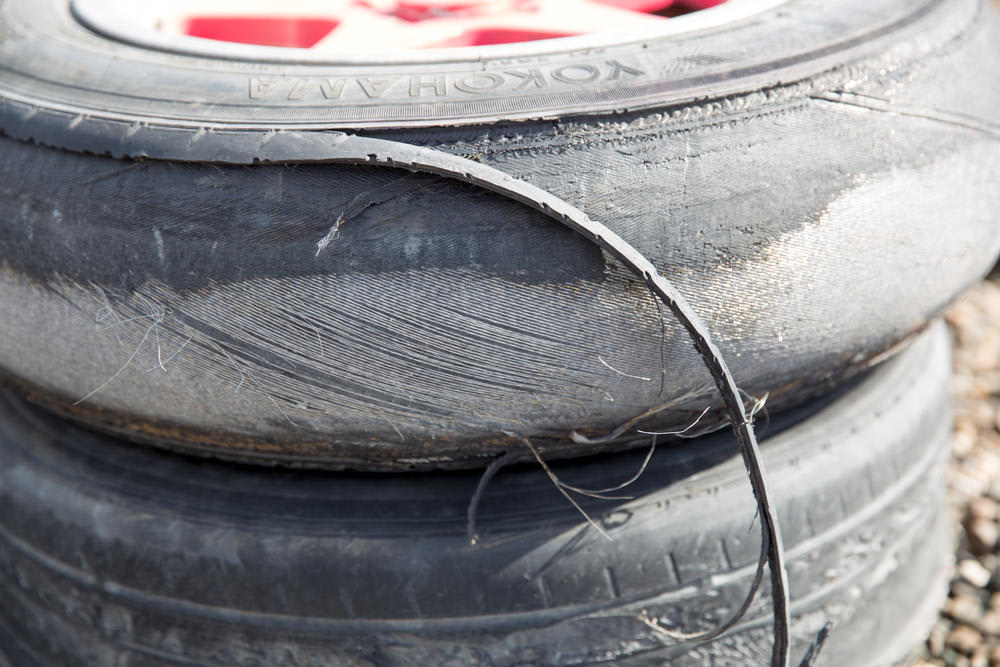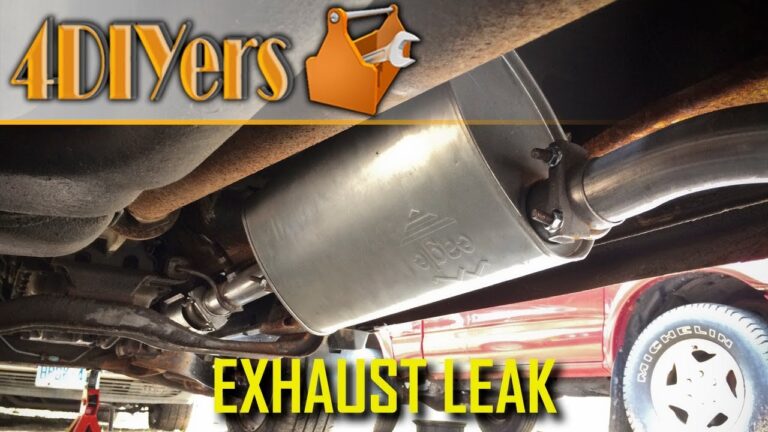Why is One Tire Wearing Faster
One tire may wear faster due to improper alignment or tire pressure. Uneven wear can result from these issues.
Uneven tire wear is a common problem that many drivers face, causing one tire to wear faster than the others. When a car is out of alignment, it puts extra strain on one tire, leading to accelerated wear. Similarly, incorrect tire pressure can also cause uneven wear, making one tire deteriorate faster than the rest.
It is essential to address these issues promptly to ensure optimal tire performance and safety on the road. By understanding the reasons behind one tire wearing faster, drivers can take the necessary steps to address the problem and prolong the lifespan of their tires.
Possible Causes Of Uneven Tire Wear
Understanding the possible causes of uneven tire wear is crucial in maintaining the longevity and performance of your vehicle’s tires. Identifying the root cause of uneven tire wear can help in addressing the issue promptly, ultimately saving you money and ensuring safety on the road. Let’s delve into some common culprits that lead to uneven tire wear.
Incorrect Tire Pressure
Incorrect tire pressure is one of the leading causes of uneven tire wear. When your tires are underinflated or overinflated, they wear unevenly, affecting tread life and overall performance. Underinflation leads to increased wear on the outer edges, while overinflation causes the center tread to wear faster.
Wheel Misalignment
Wheel misalignment can lead to uneven tire wear. Misaligned wheels can cause the tires to drag or scrub against the road surface at an incorrect angle, leading to irregular wear patterns. Signs of misalignment include uneven tire wear, steering wheel vibration, or the vehicle pulling to one side.
Worn Suspension Components
Worn suspension components can significantly impact tire wear. If the shock absorbers, struts, or other suspension parts are worn, they can allow the tires to bounce excessively, leading to uneven tire wear. It’s essential to have the suspension system inspected regularly to ensure proper functioning and extend tire lifespan.
Credit: www.quora.com
Impact Of Uneven Tire Wear
Reduced Tire Lifespan: Uneven tire wear can significantly decrease the lifespan of your tires, leading to premature replacements.
Decreased Fuel Efficiency: Uneven tire wear causes increased resistance and reduces fuel efficiency, costing you more at the pump.
Compromised Vehicle Performance: Uneven tire wear can result in imbalanced handling and compromised safety on the road.
Preventing Uneven Tire Wear
Uneven tire wear can be caused by various factors and lead to reduced tire lifespan and compromised driving safety.
Regular Tire Inspections
Regularly inspecting your tires for wear patterns can help detect issues early on.
Maintaining Proper Tire Pressure
Keeping your tires inflated to the recommended pressure levels is essential in preventing uneven wear.
Ensuring Proper Wheel Alignment
Proper wheel alignment is crucial to distribute the tire load evenly across all tires.
Replacing Worn Suspension Components
Worn out suspension components can cause uneven tire wear and should be replaced promptly.

Credit: www.yourmechanic.com
Dealing With Uneven Tire Wear
Rotating Tires
Regularly rotating tires is essential for promoting even wear across all tires. It involves moving each tire to a different position on the vehicle to ensure that they all wear down uniformly.
Replacing Worn Tires
When tires show signs of uneven wear, it’s crucial to replace the worn tires promptly. This promotes vehicle safety and can also prevent further damage to the remaining tires.
Resolving Wheel Alignment Issues
Addressing wheel alignment issues is crucial as misaligned wheels can cause uneven tire wear. By ensuring proper alignment, you can extend the lifespan of your tires.
Addressing Suspension Problems
Suspension problems can lead to uneven tire wear. Identifying and addressing these issues is essential to prevent premature tire damage and ensure a smooth driving experience.
Importance Of Regular Tire Maintenance
Regular tire maintenance is crucial for ensuring even wear and longevity. If one tire is wearing faster than the others, it may indicate alignment issues or inadequate tire pressure. Regular inspections and adjustments can help prolong tire life and maintain safe driving conditions.
Regular tire maintenance is crucial for several reasons, including enhanced safety, cost savings, and improved vehicle handling. Neglecting your tires can result in uneven wear and tear, leading to potential safety hazards and expensive repairs. By prioritizing regular tire maintenance, you can extend the lifespan of your tires, optimize fuel efficiency, and enjoy a smoother driving experience.
Enhanced Safety
Ensuring the proper maintenance of your tires significantly enhances safety on the road. Tires with uneven wear can compromise your vehicle’s grip, especially in adverse weather conditions. With reduced traction, your vehicle’s ability to brake promptly and navigate corners safely can be negatively affected, increasing the risk of accidents. Regular maintenance, such as rotating and aligning your tires, helps distribute wear more evenly, providing consistent performance and reliable handling.
Cost Savings
Investing in regular tire maintenance can yield significant cost savings in the long run. When tires wear unevenly, it not only affects your vehicle’s performance but also shortens their lifespan. Replacing tires prematurely can be a costly expense, especially if all four need replacing simultaneously. By regularly inspecting and maintaining your tires, you can identify and address issues early, preventing further damage and extending their lifespan. Additionally, proper tire inflation, which is part of regular maintenance, improves fuel efficiency, saving you money at the pump.
Improved Vehicle Handling
Regular tire maintenance also plays a vital role in improving your vehicle’s handling characteristics. When tires wear unevenly, it can cause imbalances and affect the stability of your vehicle, leading to unpredictable movements and reduced control. By regularly rotating and aligning your tires, you ensure that weight distribution is even, promoting smoother handling and a more comfortable ride. Whether you’re cruising on the highway or navigating tight corners, properly maintained tires provide better responsiveness and steering control.

Credit: www.bridgestonetire.com
Frequently Asked Questions For Why Is One Tire Wearing Faster
How Do You Fix Uneven Tire Wear?
You can fix uneven tire wear by getting regular wheel alignments and balancing. Also, check tire pressure and rotate tires every 6,000-8,000 miles. Another tip is to inspect suspension and steering components for any issues.
What Would Make One Tire Wear Faster?
Driving habits, lack of tire rotation, improper inflation, misalignment, and worn suspension parts can cause uneven tire wear.
Why Is Only One Of My Tires Losing Tread?
Uneven tire wear can indicate alignment issues affecting one tire. Have your alignment checked by a professional to prevent further tread loss.
What Will Most Likely Cause One Tire To Wear On The Inside Only?
Uneven tire pressure or misaligned wheels can cause inside tire wear. Regular alignment and tire pressure checks can prevent this issue.
Why Is One Tire Wearing Faster?
One tire may wear faster due to misalignment, improper tire pressure, improper suspension setup, or driving habits.
Conclusion
Understanding why one tire is wearing faster is crucial for vehicle safety and performance. Regular maintenance, proper alignment, and tire rotations can all contribute to addressing this issue. By taking proactive measures and seeking professional guidance, drivers can extend the lifespan of their tires and ensure a smoother and safer driving experience.

